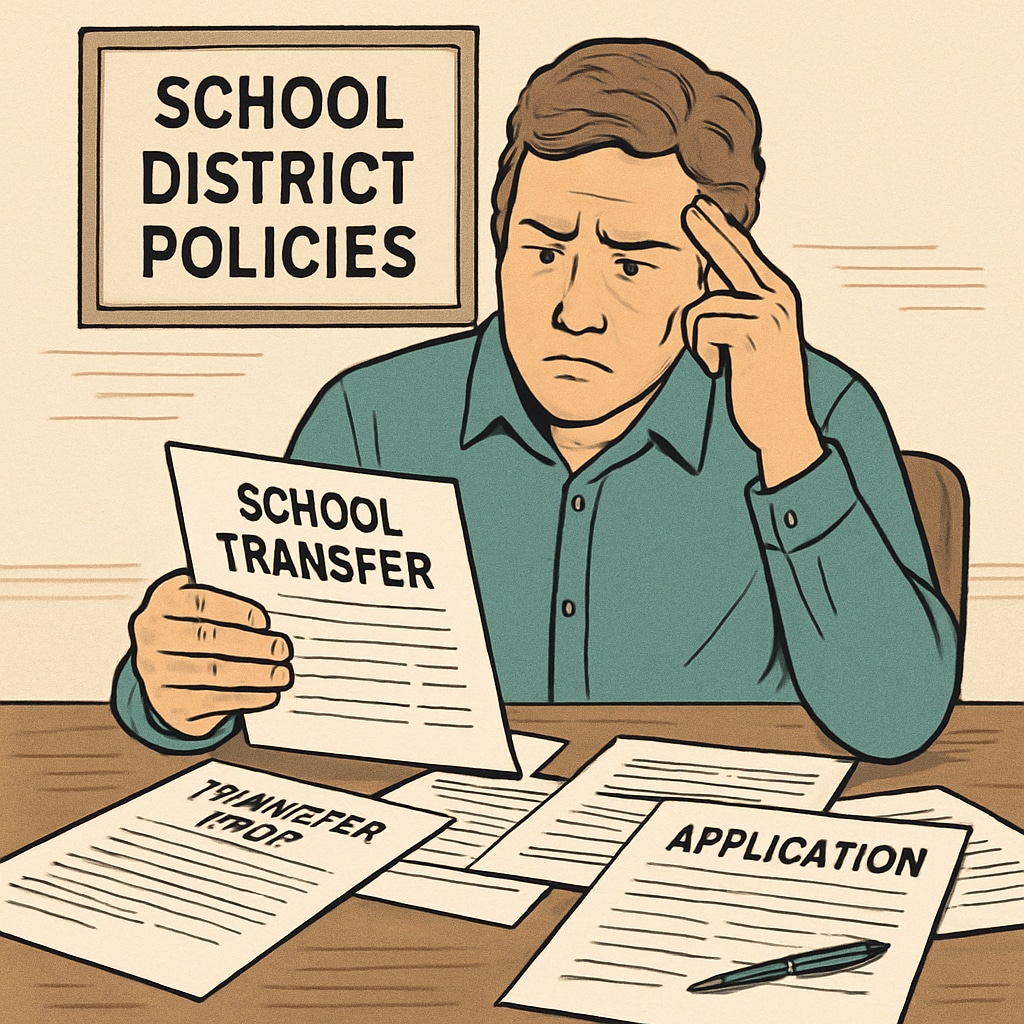In recent years, the concept of “school choice” has gained significant momentum in the United States, offering families the option to select schools that best align with their educational goals. However, persistent challenges like district interference have raised concerns about fairness and equity. This interference, which sometimes manifests as school discrimination or obstructive district communication, can disrupt students’ ability to transfer schools and exercise their right to quality education.
The Reality of District Interference
While school choice policies aim to empower families, certain districts take measures to restrict inter-district transfers. This interference often comes in subtle forms, such as delayed responses to transfer requests, excessive documentation requirements, or outright denial without clear justification. As a result, families face unnecessary hurdles that compromise their ability to seek better educational environments for their children.

Why School Choice Matters
School choice is essential for ensuring education equity. It allows families to escape underperforming schools and provides access to specialized programs that might not be available in their local district. However, when districts hinder this process, they perpetuate systemic inequalities and limit access to opportunities that could enhance students’ academic and personal growth.
For example, the school choice concept on Wikipedia highlights how it serves as a foundation for educational reform. Yet, without proper oversight, districts can exploit loopholes to maintain their enrollment numbers, prioritizing administrative goals over student needs.
Improving Inter-District Communication
One of the critical aspects of addressing district interference is enhancing inter-district communication. Poor communication often leads to misunderstandings, delays, and additional frustrations for families. To mitigate these issues, policymakers and educators must establish streamlined processes, clear guidelines, and transparent criteria for evaluating transfer applications.
In addition, adopting digital platforms can facilitate quicker exchange of information between districts, reducing the likelihood of paperwork mismanagement or intentional delays. The education overview on Britannica emphasizes the role of technology in improving administrative efficiency—a lesson that school districts can apply to simplify transfer processes.

Recommendations for Ensuring Fairness
To protect families and uphold the principles of school choice, the following measures can be implemented:
- Policy Enforcement: States should closely monitor district compliance with school choice regulations and penalize districts found obstructing transfers.
- Transparency: Districts must publicly disclose their transfer application criteria and timelines to eliminate ambiguity.
- Family Advocacy: Parents should have access to legal resources and advocacy groups to challenge unfair decisions.
- Technological Solutions: Digital tools can simplify inter-district communication and reduce administrative bottlenecks.
By implementing these strategies, districts can ensure that families’ rights to choose schools are respected, fostering a more equitable educational landscape.
Conclusion: Defending School Choice
The challenges posed by district interference in school choice policies highlight an urgent need for reform. Families should not have to fight through bureaucratic barriers to access quality education. By improving district communication, enforcing regulations, and advocating for transparency, policymakers can preserve the integrity of school choice and ensure that every child has the opportunity to succeed. As a result, the promise of equitable education can become a reality for all.


